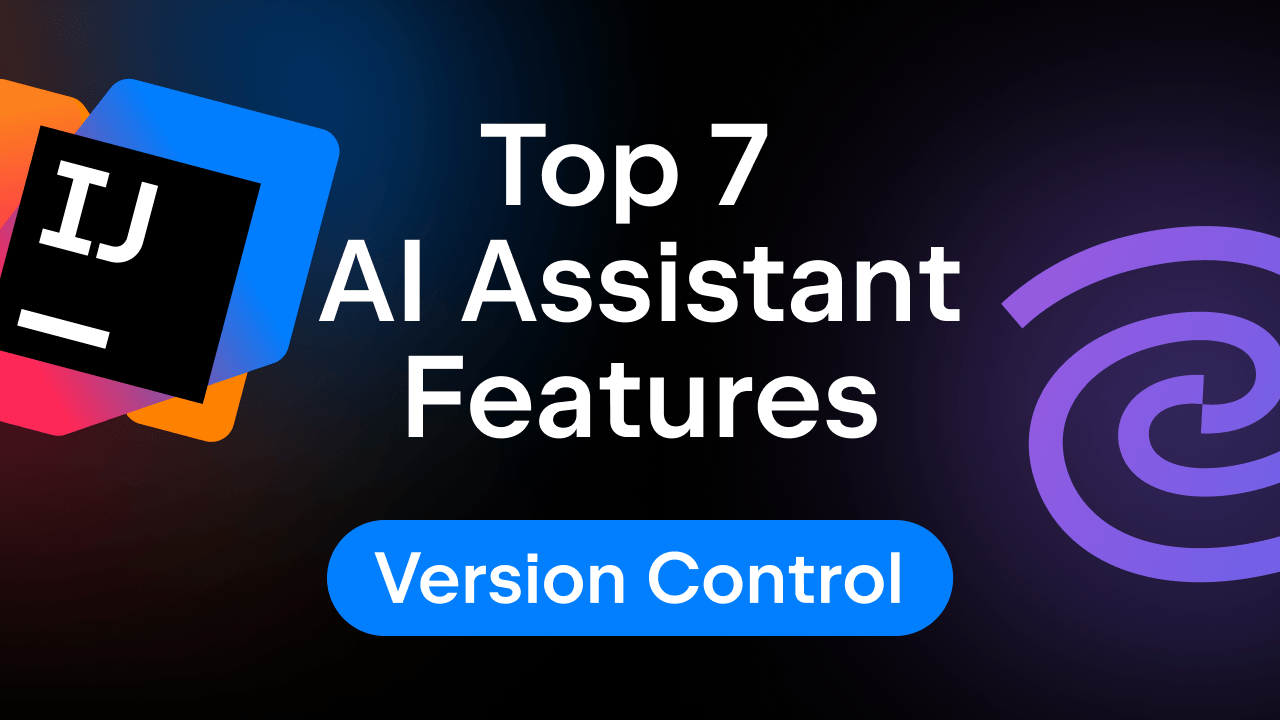How To Use AI Assistant to Generate Test Data For .NET Applications
Scenarios to generate test data with the JetBrains AI Assistant for .NET unit tests to produce a more valuable and less brittle test suite.
This article discusses how to use the JetBrains AI Assistant to generate test data for .NET applications. The author emphasizes the importance of writing tests and maintaining a balance between value and time spent on test creation. The article provides examples of generating test data for unit tests using the xUnit test framework and JetBrains Annotations. It explains the three factors to consider when constructing a test suite: understanding the purpose of tests, seeing tests fail before they succeed, and ensuring test isolation.
The article demonstrates how to generate test data for methods in a class and provides examples of writing test cases for the AverageAge and ProcessCsv methods. It also highlights the importance of critically evaluating the generated code and making necessary adjustments. The article concludes by discussing other scenarios where AI Assistant can assist with generating test data, such as working with different data formats like JSON, XML, and SQL. Overall, the article promotes the use of AI Assistants to automate the tedious task of generating test data and improve test suite quality.



